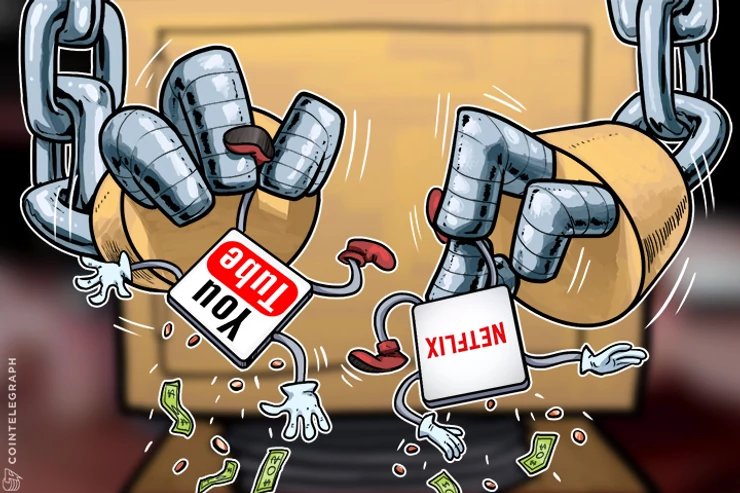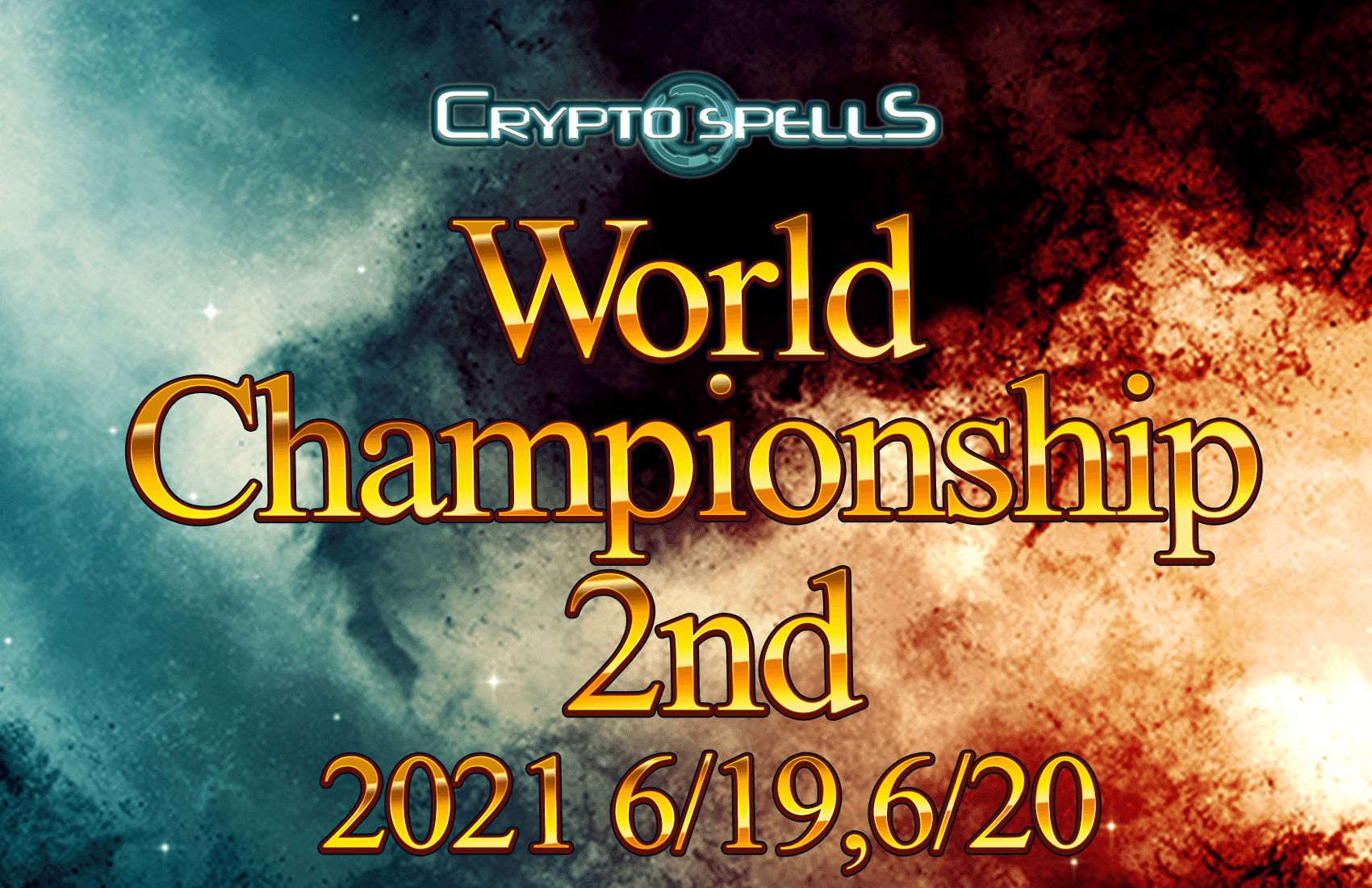
Online video content is already a huge industry. Giants like YouTube have effectively controlled the marketplace to such a large degree that they have become ubiquitous for content consumption globally.
While these massive corporate giants have created platforms that allow users access to a wide swath of streaming video content, some cracks in the business model have started to show up.
Companies like YouTube are being called to task because they have been able to monetize creator content without paying the actual creator anything but ad revenue. While YouTube profits on the content that is uploaded, the actual creative genius behind the content is kept at arm’s length, and forced to essentially sell advertising for the platform in order to make money.
“There are no assurances that creators will make money out of their content - even if these go viral. This is, unless they have a specific monetization mechanism in place. However, these services benefit from everything users generate.”
And companies like Netflix are being critiqued for their general content control, keeping users from watching what they want. Available content is currently tightly controlled by the video streaming platform. Companies like Netflix have almost authoritarian control, keeping users within the confines of a limited supply of videos to stream. The monthly service charges also means that the company is paid regardless of how much content users consume. A user who watches one video a month is charged the same as a user that watches 100.
Blockchain for creators
Blockchain technology seems to have the answers, according to a recent article in Forbes. The distributed ledger platform allows users the chance to upload and then monetize content individually, without paying a centralized corporate hub. According to the author:
"Video marketplace StreamSpace is one platform challenging video on demand and advertising-driven streaming services by allowing filmmakers the ability to sell their works directly through Blockchain. Another is Flixxo that combines Blockchain and torrent technology to create a video sharing platform with a revenue sharing model for its community.”
By building a peer-to-peer access network and monetizing content within the platforms, these companies are using Blockchain technology to move funds back into the hands of the creators and users.
User freedom
Decentralized platforms allow users more freedom as well. Because the decentralized platform gives users choice, they are able to remove things that have become almost commonplace in the video streaming world like ads before, during, and after the video.
Further, users have autonomy over what data they want to watch. Anything that is created and uploaded can be consumed, without the oversight of a centralized platform like Netflix.
In a decentralized peer to peer platform, users also would have the ability to contribute to creators they appreciate or whose work they like. This provides a level of interconnectivity not available on centralized and profit-centered platforms like YouTube.
Increasing user freedom and better monetization options for content creators will certainly drive many out of the YouTube world and into distributed platforms. However, whether Blockchain technology will change the online video streaming world or not, the value of the decentralized system should be clear. Both creators and users will find new and improving ways to access and share content.
Interested in Block Chain Game, Welcome to JBB.ONE
![[お知らせ]日本語サイトの更新停止のお知らせ](https://www.jbb.one/f/dynamic/img/89f47dd670454ab9a00a8a95501a0b12.png!sss)







